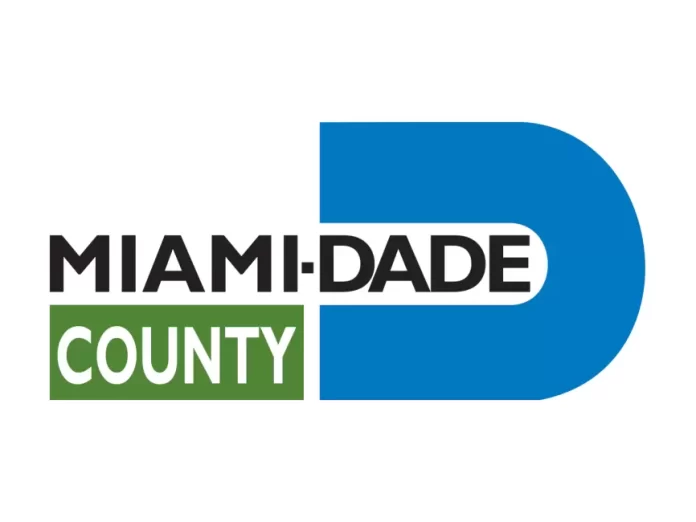|
Getting your Trinity Audio player ready...
|
Today, the U.S. Army Corps of Engineers (USACE) Norfolk District, in partnership with Miami-Dade County, released the Miami-Dade County Back Bay (MDBB) Coastal Storm Risk Management (CSRM) Feasibility Study Integrated Draft Report and Environmental Assessment for a 30-day public review and comment period.
The MDBB CSRM Feasibility Study Draft Report is a detailed summary of the coordination, plan formulation, and alternatives evaluations for addressing coastal storm risk for the highly vulnerable communities in Miami-Dade County. The Draft Report reflects the extensive collaboration with Miami-Dade County, municipalities, stakeholders, and environmental resource agencies, and is an interim response containing actionable recommendations for managing storm surge flooding risks in the short-term while additional study efforts continue.
“This report marks the initial stride in a comprehensive long-term collaborative strategy with our partners, Miami-Dade County, aimed at improving coastal resiliency,” said Col. Brian Hallberg USACE Norfolk District Commander. “We value the public’s input during this critical 30-day comment period, recognizing its integral role in refining the report and ensuring its effectiveness in addressing community needs.”
The report is also considered an integrated National Environmental Policy Act (NEPA) document, meaning it discusses current environmental conditions, the potential impacts and benefits of alternatives, and documents the environmental compliance status with federal and state resource agencies pursuant to NEPA.
“This Draft Report is a major milestone in our journey to make Miami-Dade County future-ready and protect our residents and businesses from increased storm surge,” said Miami-Dade County Mayor Daniella Levine Cava. “From the beginning of this process, we’ve listened to the community and incorporated your feedback. We now ask our residents to once again offer your input as we continue refining the plan to include the nature-based solutions and other measures you have suggested. This will maximize our golden opportunity to receive federal funding to advance projects that provide yet another layer of integrated protection for our community.”
The Draft Report will include a mix of initial recommended measures that will reduce coastal storm damage prioritizing communities at the highest risk for storm surge flooding. These include non-structural strategies such as floodproofing critical infrastructure (fire stations, wastewater pump stations, etc.), elevating residential structures, and floodproofing nonresidential buildings, such as businesses.
The report also includes a request for Congress to authorize two new programs, a Nature-Based Solutions (NBS) Pilot Program and a Nonstructural Program. The NBS Pilot Program proposes working with partners to design, implement, and monitor a mix of NBS projects to learn about storm surge damage reduction and ecosystem health benefits and improve the USACE’s ability to apply these solutions in other current and future coastal storm risk management feasibility studies. The Nonstructural Program proposes to develop and implement nonstructural measures for unique buildings and for which USACE policy guidance and implementation practices are still being developed.
How can the public provide input?
Comments, feedback, and/or additional input on the Integrated Draft Report and Environmental Assessment can be provided in several ways:
- Online at https://www.saj.usace.army.mil/MiamiDadeBackBayCSRMFeasibilityStudy/
- Via email mdbb-csrmstudy@usace.army.mil
- In person at the upcoming public meeting on May 2, 2024 at 4 P.M. to 8 P.M. at the Miami-Dade County Main Library Branch in downtown Miami at 101 W Flagler St, Miami, FL 33130. The public meeting will be primarily open house style with a short presentation led by the joint Miami-Dade County and USACE project team at approximately 6 P.M.
- Virtually through the Public Commenting Tool at https://arcg.is/0ub0Cf or by attending a virtual public meeting on May 6, 2024 at 6 P.M.
The feedback received will be considered by the joint USACE and Miami-Dade County study team and used to inform the development of the final feasibility report, which aims for Water Resources Development Act (WRDA) authorization in the upcoming WRDA of 2024.






